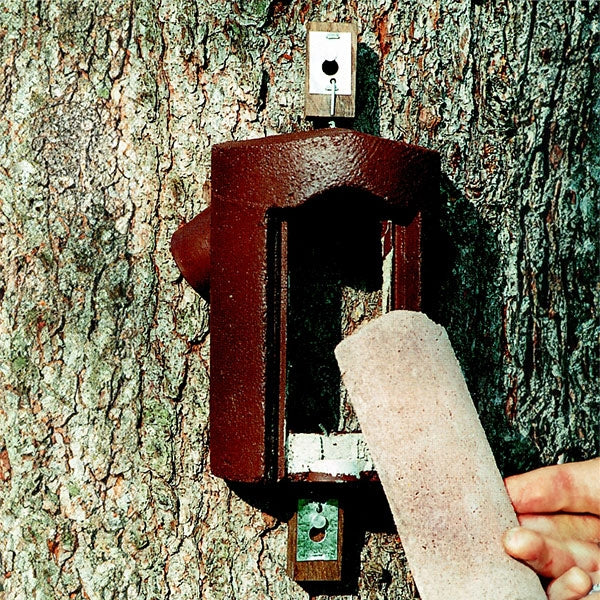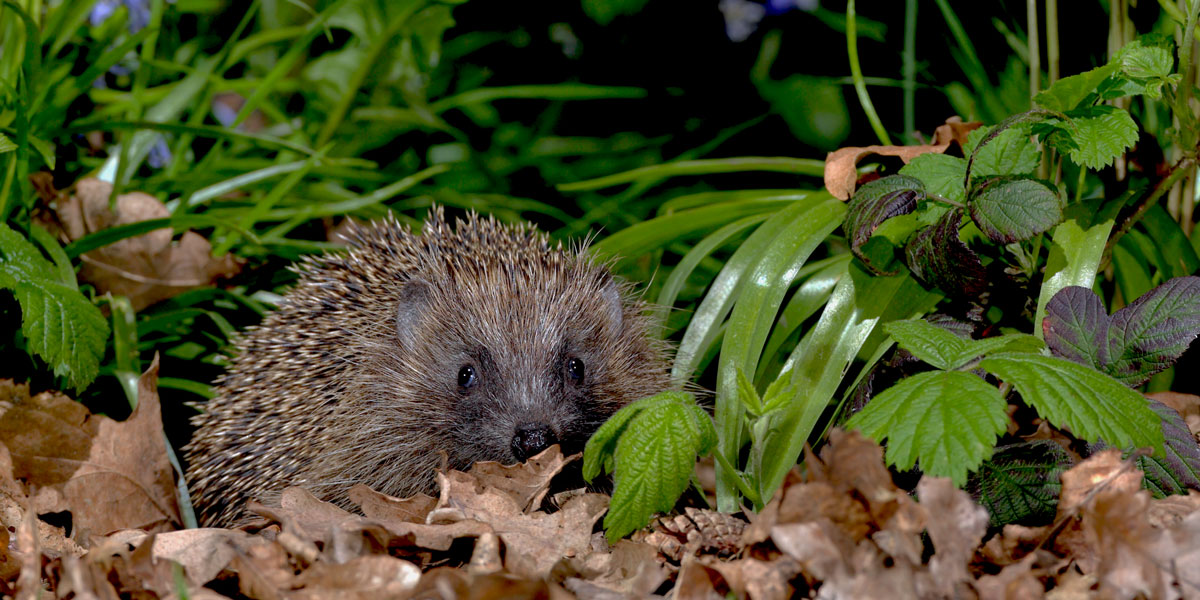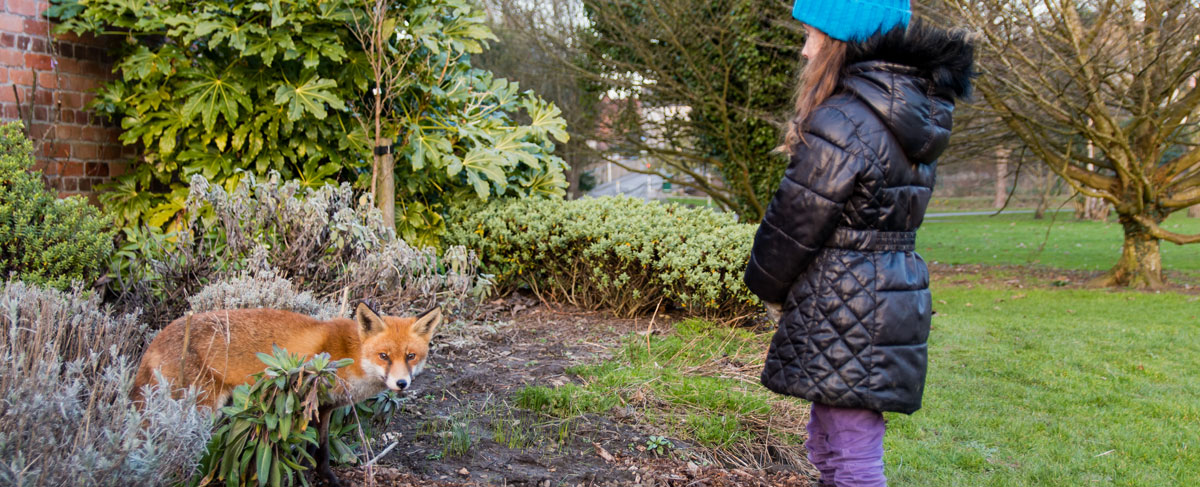Explore Our Garden Wildlife Blog
Browse or search by Category or Keyword below, alternatively click on any Tag to see related articles.


British Flying Insects in Spring
By Rebecca Broad
8th May 2015
Last Updated: 9th September 2022
The first spell of properly warm weather seemed to happen overnight this year. Easter signalled the start of blue skies, still air and warming rays. Suddenly, the daily question on heading out the front door went from “do I need a scarf” to “will I be too hot if I wear a jumper over this t-shirt”? Though the drizzle and cool breeze outside today reminds me that particular sunny period is over, it was glorious – for wildlife as well as humans.
All within the space of 5 days I saw many seasonal “firsts” – orange-tip butterflies, ducklings, buttercups – and these featured nearly every day on my walks to and from work. Swallows arrived in the south, and my parents further north heard their first cuckoo.

It was the airborne insects which really seemed to rejoice in this weather, though. Bumblebees tumbled between stems of grass and onto the lips of daffodils. Golden evening sun patches held clouds of dancing midges. Motionless hoverflies betrayed their position to militarily zoom at territory invaders.
It’s this last group of insects that caught my imagination these past few weeks. Never before can I remember noticing so many. This may be down to the sudden warm weather, a good year of young, me being out and about more than usual, living in a different part of the country… no matter what it was, they captivate me.
Observing my surroundings from a bench on the environmental cusp of riverside forest and sun-baked field, I became aware of a dot beside me in the air. I turned my head, making it swerve out of danger. The continuous buzzing and characteristic controlled hovering showed it was a hoverfly despite an excellent wasp imitation. In starts and stops it returned to its previous spot. Any stripy insects that strayed into a few metres’ radius were rocketed towards before one or the other dodged away. This was presumably a territorial male, his stillness in the air reminiscent of a kestrel. I experimented with how close he would let me come, and was surprised when he decided to land on my hand for a rest. Wings flicking, he made me think about how energy consuming hovering must be. Before long, an intruder approached and the hoverfly was off again, hurtling towards the other insect with an angry bzzzzz.
Around 250 species of hoverfly are found in the UK. Hoverflies are “true” flies, with just two wings. Larvae specialise – many eat aphids, but some are parasites or feed on fungi. Considering the huge amount of variation in the Syrphidae family, and their expert visual mimicry of stinging insects, it’s not hard to see why many people still avoid them. Ever since I learned the distinction I’ve enjoyed watching these characteristic insects go about their buzzy lives.
External sources/references









